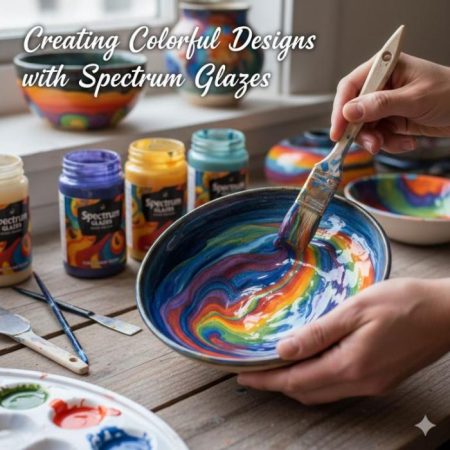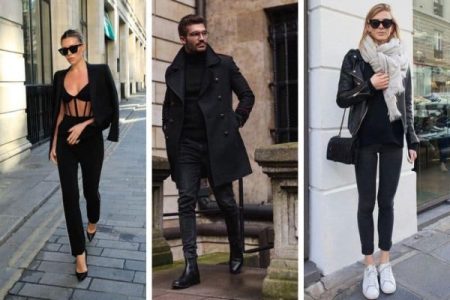As clothing stores shut down, factories shut down or repurpose to make protective gear, and many fashion weeks are canceled, everyone is wondering. What will happen to the fashion industry in the future?
In the fashion sector that has long been characterized as excessive’, it is evolving as executives from major fashion houses demand change.
Also Read: Covid 19 Effects on Women
Let’s take a look at the changes in the fashion industry after Corona 19 and find out the major trends that are shaking the industry.
From store mannequins to digitally rendered models
Corona 19 is making brands use immersive technology to provide customers with experiences that resemble real-world experiences. Virtual clothing, digital fashion shows, and online showrooms are where those technologies come into play.
For some brands that have problems with warehouses and new apparel production, virtual apparel has become the fastest way to create and display collections. If a particular item cannot be produced soon, the customer can add it to their wishlist or pre-order, and the product will be shipped directly to the customer as soon as it is ready.
Fashion designer Cat Taylor, for example, digitally rendered a new season collection and linked it to the e-commerce site Selfridges.
Sustainability is possible and responsible in reality escape fashion
Consumers, who have been trapped in their homes for quite some time, are raising the bar for responsible creativity, individuality and imagination. Fashion-oriented customers are spending more time making choices, honing their creativity, and deciding which brands are worth advocating from a sustainability standpoint.
Katie Baron-Cox, director of brand engagement at retail intelligence firm Stylus, told Forbes: “Service generosity will be the brand’s new key indicator.” “As goals and achievements converge, the image of eco-ethics and activities that positively affect society will become more important in the future.”
Gen Z and Millennial customers were interested in sustainable fashion long before the outbreak of COVID-19, and now their interests are rising. Brands that focus their business model on sustainability will be able to capture a more young generation of customers.
Reduced retail collection and emphasis on usability
According to Catherine Broome , search, luxury and fashion executive at Odgers Berndtson , this year’s Spring/Summer collection is almost forgotten while the Fall/Winter collection has adapted to a narrower world.
What’s important these days are a few limited styles of clothes that can be worn in any season and go out of style. Broome believes that less fashionable clothing will be interpreted as the sustainability of fashion.
Discontinued mass production
For some, sustainable fashion may be a conscious decision, but in some cases it is due to logistical and economic changes brought about by the new reality. One thing is certain: Sustainable fashion is a solid strategy for the future. Mass production of single-use products is currently discontinued, and more and more consumers are looking for eco-friendly options.
For brands to thrive, they need to be agile with sustainability in mind. To revitalize the industry again, we need to go back to the basic principles of simple, beautiful and unique clothing.
Fashionable Taj does comfort and structure
The already strong trend of athleisure and casual shoes has been strengthened by Corona 19.
“Some want to’show off their power’,” said Valerie Steele , fashion historian and museum director at the Manhattan Institute of Fashion Technology . Historically, this meant something as hard as an armor that protects the skin.” This could mean you’ll see more angled silhouettes in the future , with items like shoulder pads , leather belts and jackets used.
Fashion Future Health Priority
Consumers today are looking for ways to protect the health of themselves and those around them. With masks becoming a must-have accessory this year , we expect a greater focus on sustainable, ethical, and socially conscious clothing.
For fashion marketing, leveraging advertising creatives to help consumers understand what brands are doing to contribute to health, safety, and sustainable practices around the world is a shortcut in the right direction.






